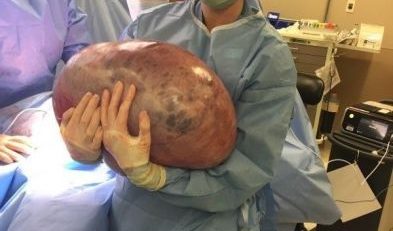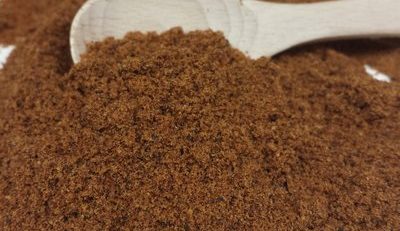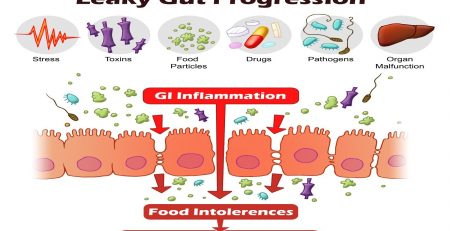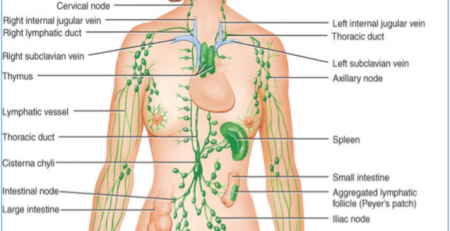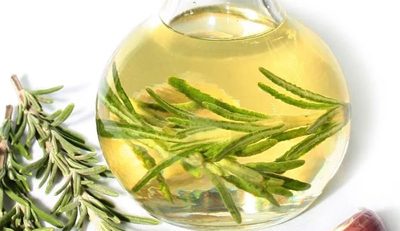WHAT THE COLOR OF YOUR MENSTRUAL BLOOD CAN TELL YOU ABOUT YOUR PERIOD AND YOUR HEALTH
 When aunt flo (mensuration) pops by for her monthly visit, you’re probably not super excited to get all crime scene detective on the details. Here’s the deal though: the color of your period can tell you a ton about how well your reproductive system — and actually your whole body — is functioning.
When aunt flo (mensuration) pops by for her monthly visit, you’re probably not super excited to get all crime scene detective on the details. Here’s the deal though: the color of your period can tell you a ton about how well your reproductive system — and actually your whole body — is functioning.
It may sound a little crazy, but checking out the color of your menstrual blood can be super interesting and empowering. It’s not uncommon for your period color to change from month to month, and be all colors of the rainbow from black, blue, brown, rusty, bright red, pink, pale, or even watery or clotty.
Alright ladies, let me take a wild guess, no one’s ever talked about your period color with you before. Surprising? Not really. When we talk about our periods, even with our besties, we don’t usually get into these nitty gritty details. Now, just because we usually ignore the gory details, doesn’t mean that they’re not important.
Here’s the long and the short of it: the color of your menstrual blood gives you a little sneak peak into what’s going on with your uterine lining and your reproductive health. Each month, your body gets itself ready for pregnancy by building a uterine lining that should support a fertilized egg if one should happen by. If you don’t get pregnant, that lining gets the heck out of the uterus and turns into period blood.
Your reproductive system is basically around to do one thing — reproduce — so that uterine lining is super important! How healthy, or unhealthy, that lining is gives you an inside look at not just your reproductive function, but your fertility, and also how your entire body is working to support its biological goal of reproducing (whether that’s currently your goal or not!).
Let’s take a look at what different color periods mean for you:
Fresh, bright red period blood is the jam
Ok, not to totally gross you out, but your period should be nice bright red blood, kinda like strawberry jam. When your menstrual blood is fresh and red, that’s a good sign that all systems are good, and that your uterine lining is healthy and that overall, you’re a pretty healthy gal.
Here’s why: in order to produce a vibrant, velvety red uterine lining, all your body systems need to be working well, and working together. Your body has two biological imperatives, to stay alive and to reproduce, in that order. Once your body has pretty much taken care of its own needs, then it can put extra resources into the reproductive side of things, aka your uterine lining.
When the uterine lining is healthy, it’s a good sign that your digestive system, immune system, and endocrine (hormone) system are all functioning like they should be, and that you’re as strong and beautiful on the inside as you are on the outside.
When you look at it this way, your period can be a great monthly indicator that you’re giving your body what it needs. Keep it up sister!
When there’s not enough to go around — Pale, pink, scanty, and watery periods
Alright, like I said above, from a biological point of view, your body is really trying to accomplish two tasks: 1) stay alive and 2) make little mini-you to keep the human race alive. While reproduction is totally an important part of life, staying alive is well, like way more important.
When your body has a hard time getting the resources it needs to thrive, your reproductive system also suffers. Pale, pink, scanty, and/or watery periods often indicate that your body is lacking some of its basic needs, especially on the nutrition front.
One common cause of these deficient periods is that you’re not getting enough high quality nutrition in your diet. Try staying away from processed foods and aim to eat a whole foods diet where most of your calories come from protein and healthy fats. Meat can be especially important in helping building blood as it contains higher levels of iron and protein — essential nutrients for creating blood.
Another common cause of pale, pink, scanty periods is that you’re eating great, but your body is having a hard time processing the nutrients you’re getting. This can be a sign that your digestion or absorption are issues. Sometimes food sensitivities, like gluten or dairy, can screw up the process of turning food into building blocks for the rest of your body.
Whatever the cause, pinkish, watery, or pale periods can be a warning sign that you need to put the breaks on a little bit, get some extra rest, and focus on taking care of yourself.
Whenever one of these guys shows up, I know I’m in for a rough go. Those days when your period gets rusty, brown, and well, just kinda old looking, those days tend to suck. Clotty periods usually end up being way more painful, and for good reason, your body is having a really hard time getting rid of the old uterine lining.
So let’s talk menstrual cramps for one second. Do you know why those cramps exist? Hint: totally not some stupid curse. Menstrual cramps help push old lining out of the uterus. Beneath the uterine lining itself, the uterus is made of muscle. When your lining doesn’t shed easily on its own, the walls of the uterus contract and spasm to help shake it loose. Another word for those spasms: period cramps.
Essentially, the reason that your period blood turns that rusty brownish color, or that it’s full of clots, it that it has become old and stale. Think of a time when you cut yourself, after a while the blood drys up and becomes this sort of rusty brown stuff right? Same thing is going on with your uterine lining. When that old uterine lining doesn’t get the boot right away, it gets old and stale.
So what causes this blood to hang around and get stale? It can be a couple of things. Elevated body temperatures, like those caused by chronic inflammation or hormonal imbalances, can cause the blood to “dry up” and become more stubborn to remove. Likewise, if you have really heavy periods, or really light periods, it may mean that your body is just having a hard time getting rid of the built up lining in the uterus. This can compound over time, making cramps worse and worse.
FYI: gen129organic totally got you covered here. Our 100% all-natural formula Relieve is especially designed to promote a healthy menstrual flow, to get your bleeding back on track, and right where it’s supposed to be.
Blue, black, and purple periods, oh my!
If you’ve ever had a black, blue, or super dark purple period, you know that it can be a little surprising. Basically, these really dark periods are a sign that your uterine lining has become even more stagnant than the rusty brown ones that we just talked about above. Blue and purple periods may also be a sign of poorly oxygenated blood or colder than normal body temperatures that you might see as a result of something like hypothyroid disorders.
Black periods are also usually accompanied by a lot of clotting and pain. Again, this is a sign that your uterine lining is really dang stuck! Black periods are also sometimes associated with endometriosis, fibroids, or other blood clotting issues, so if this is the norm for you, you may want to check in with your OB/GYN at your next appointment. Keep in mind that it DOES NOT mean that something is definitely wrong (so don’t freak), just that things are working as well as they could be. If you’re even concerned that something may be really wrong with your period, always check in with your medical doctor.
How to fix a weird period
- Eat Healthy balanced diet with a lot of plant protein
- Cut back on sugar, pastries, sodium
- Exercise regularly to encourage better blood circulation
- Add herbs like turmeric, cayenne pepper, ginger etc to your diet
- Eat a lot of vegetables and don’t forget to take fruits too
- Water, Water, Water; staying hydrated will both cleans your whole body and encourage better circulation on of oxygen
- Add supplements to your diet
- Reduce your stress level
- Fertility massage stimulate blood flow in the reproductive organs
- Vitamin D is very important. Enjoy a little sunshine every day
Your period is a monthly reminder, a monthly checkup, to see how things are going on the inside. Hopefully this article has given you the keys to unlock what your period is trying to tell you. If you’re suffering from awful periods, chances are you don’t have to.


